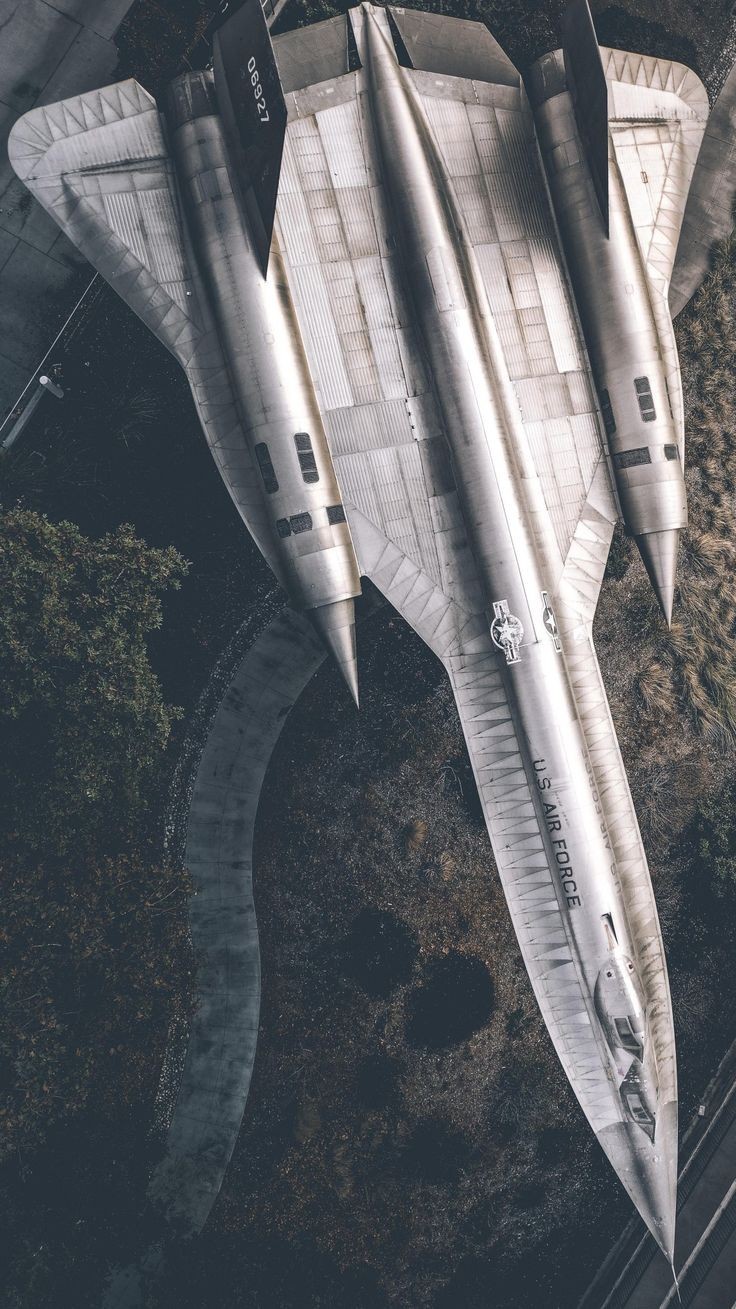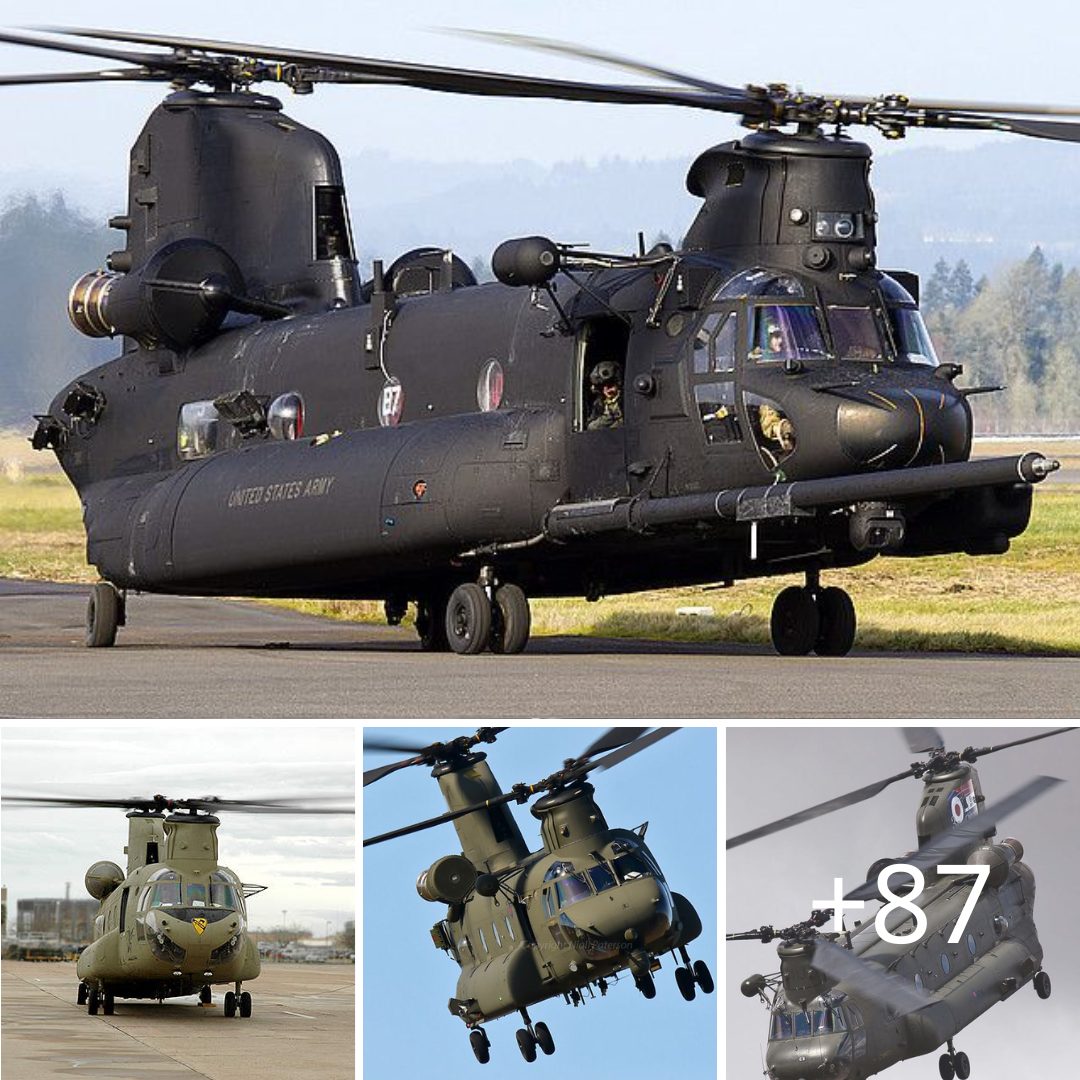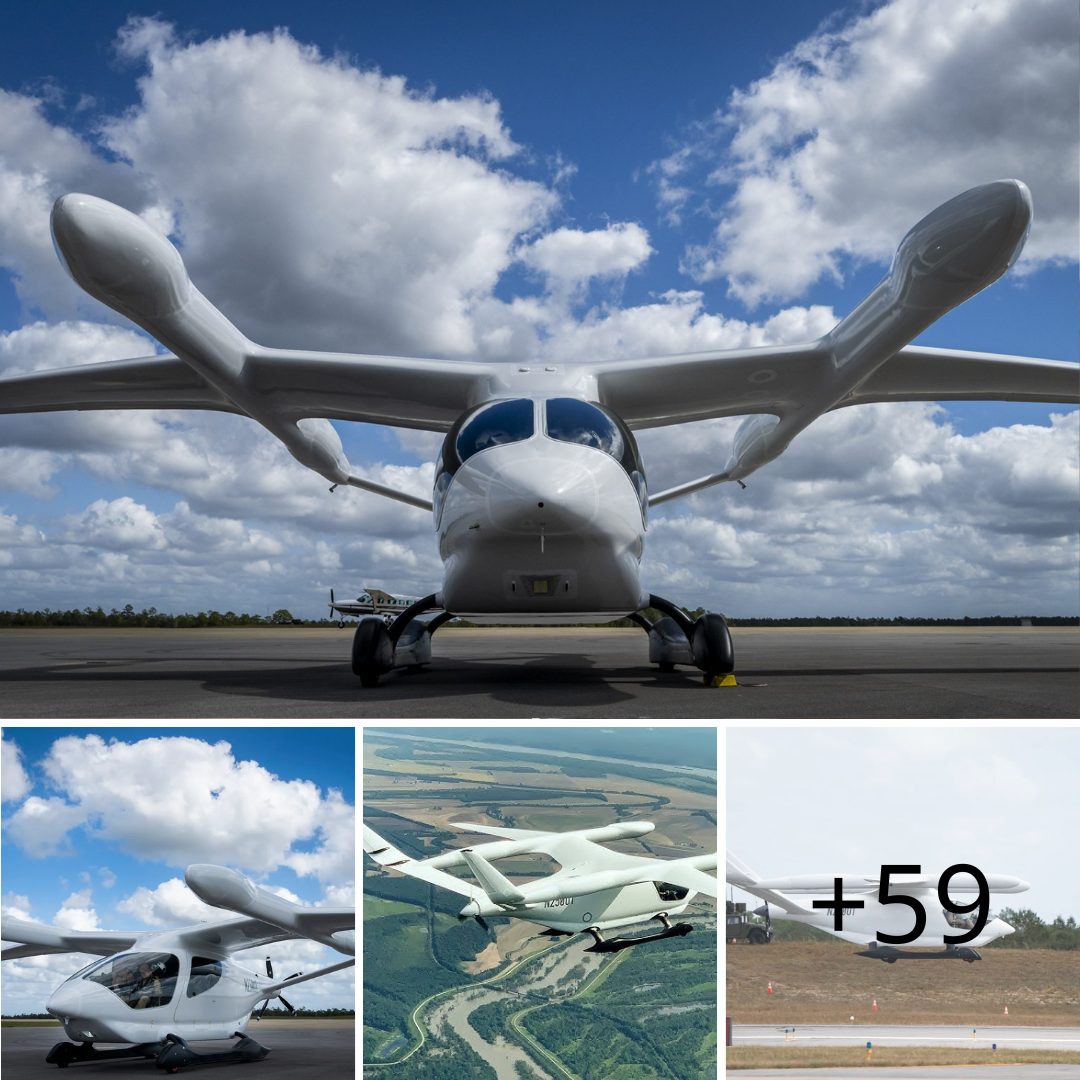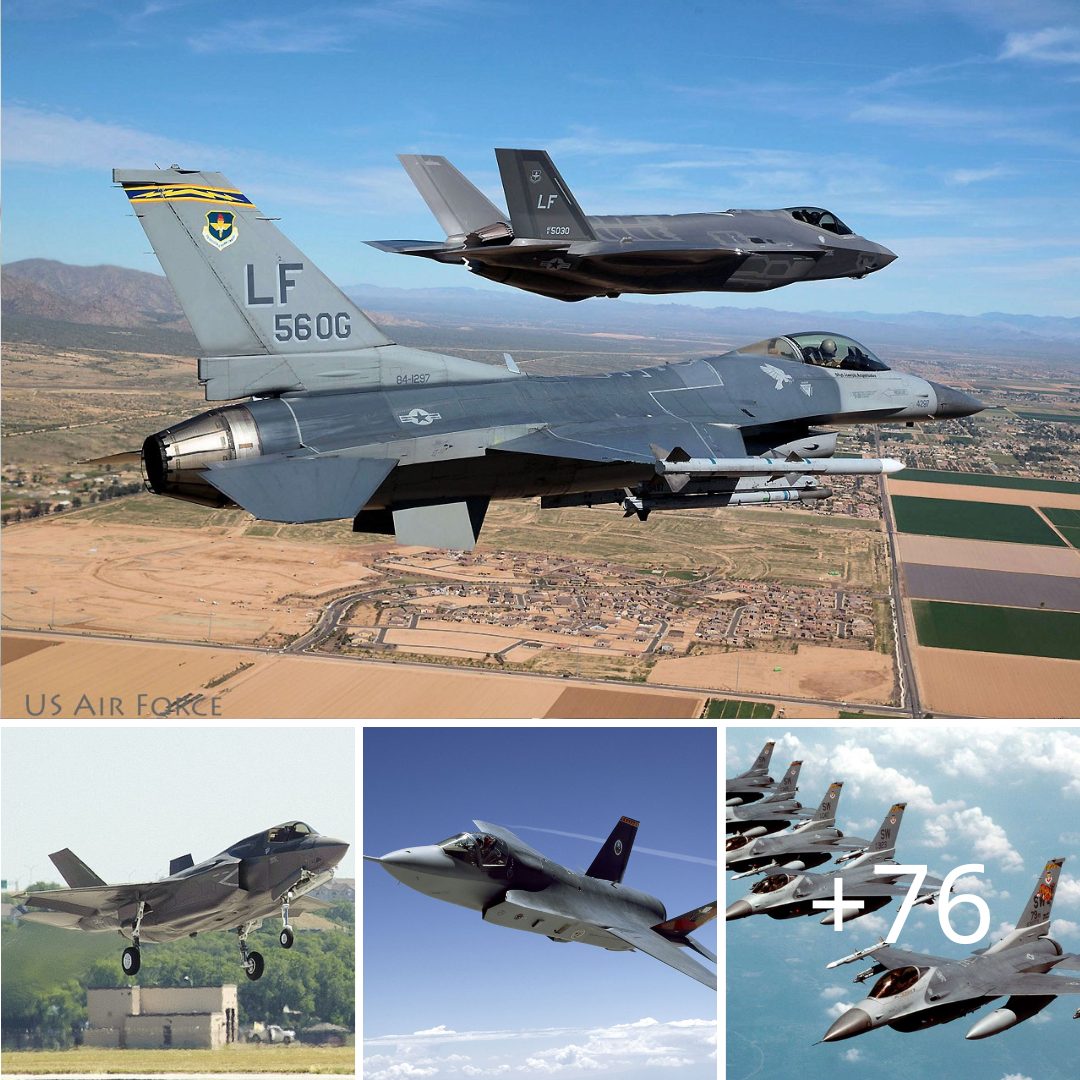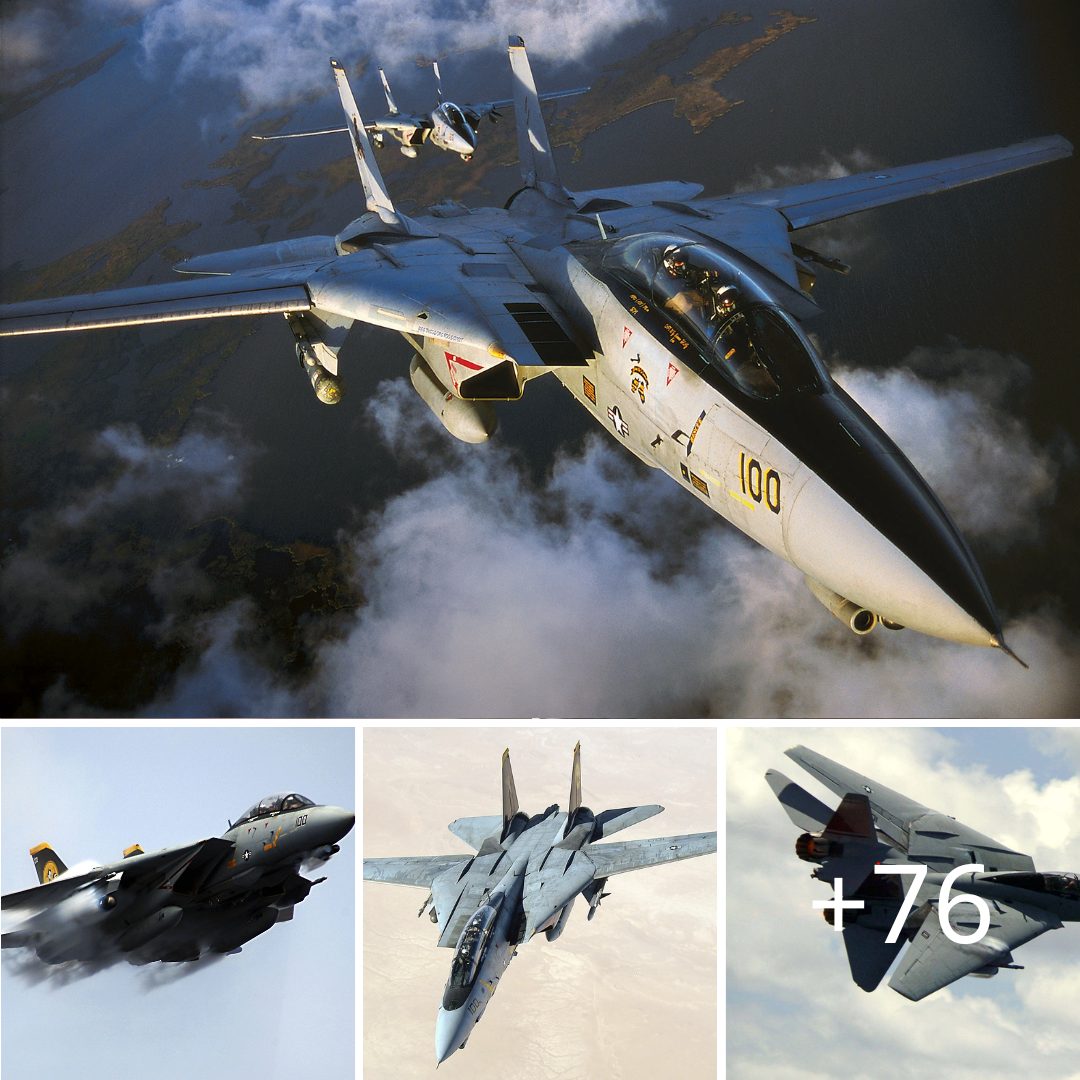Launched in 1957, Project Oxcart was the forerunner of two powerful US weapons, the YF-12 interceptor and the legendary SR-71 reconnaissance aircraft. The aircraft was designated A-12.
In 1955, the US Central Intelligence Agency, the US Air Force and defense contractor Lockheed Martin chose a remote spot in the Mojave Desert to develop an ambitious project to develop the most advanced and innovative combat aircraft in the world at that time.

The Lockheed A-12 was designed as a Mach 3+ high-altitude reconnaissance aircraft. In 1962, the aircraft first took to the skies. What perhaps makes the A-12 slip out of peoples minds is that it only flew for some five years or so before it was retired in favor of the longer and more capable SR-71. But the A-12 was still an aircraft that stunned the Soviet Union with its speed and stealthy way of operating.
The A-12 was needed to supplement the Lockheed U-2, and become an aircraft that could overfly the Soviet Union fast, with little or minimal detection, and of course faster than any Soviet aircraft could do so at the time. The project began with the Archangel 1 and 2 concepts before it progressed to the A-11 design. Lockheed would update the A-11, adding twin canted fins instead of a single right-angle one, and this would serve as the basis for the A-12 design.

SR-71
The A-12 was way ahead of its time, which led to new technologies and materials to be used in its production. The A-12 was mostly constructed of titanium, and radar-absorbing composite materials made from iron ferrite and silicon laminate were combined with asbestos. The design looked very much like the upcoming SR-71 with its long-necked fuselage holding the cockpit well-forwards and two tubular engine nacelles intersecting the wing mainplanes. An all-black RAM-centered body coat covered the aircraft completely.
Power came from 2 x Pratt & Whitney J58-1 afterburning turbofan engines each developing 32,500 pounds thrust. Performance included a maximum speed of Mach 3.2, faster than the heavier SR-71 – roughly 2,210 miles per hour – with a service ceiling up to 95,000 feet. Range was out to 2,200 miles and rate-of-climb measured at 11,800 feet per minute.
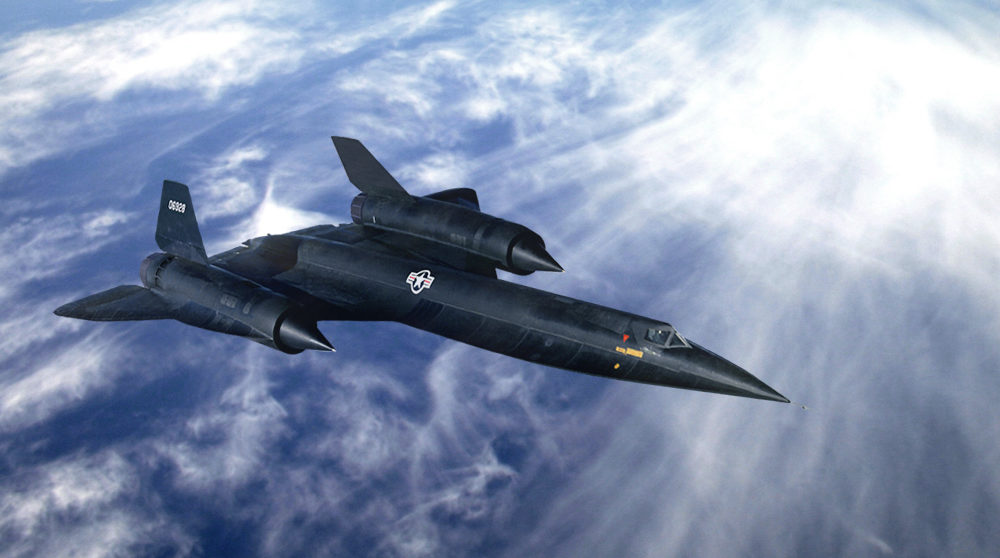
Despite initially being built to replace the U-2 flying over the Soviet Union, and Cuba, the A-12 was never used in those roles. After Gary Powers and his U-2 were shot down in May 1960, the purpose of the A-12 was changed, and instead they were deployed to Asia. Specifically, the A-12 was to be flown over North Vietnam to photograph surface-to-air missile sites, beginning with Operation Black Shield on May 31st, 1967. The A-12s would fly out of Kadena Air Base on Okinawa to fulfil these missions.
Thanks to its intended purpose in replacing the U-2 being changed, the A-12 ended up having a very short service life. New Soviet radar systems rendered the aircraft vulnerable, despite the initial shock of the speed the aircraft possessed. In fact, the A-12 program ended in December 1966, even before the Black Shield operations began. The impending arrival of the SR-71 though meant that the A-12 was no longer needed, with the final flight of the aircraft taking place on 21st June 1968.

The A-12 may have had a short service life, but it laid strong foundations. The SR-71 became one of the most successful spy aircraft in the world, and was even more capable than its predecessor. It even led to the YF-12 interceptor, a very capable Mach 3 interceptor that was only really scuppered due to internal politics. There was also the M-21 drone carrier, which carried the D-21 reconnaissance drone. Several A-12s are preserved in museums across the United States, serving as reminders to many that it was the forerunner to the SR-71 Blackbird and that it laid the foundations for one of the world’s most incredible aircraft.

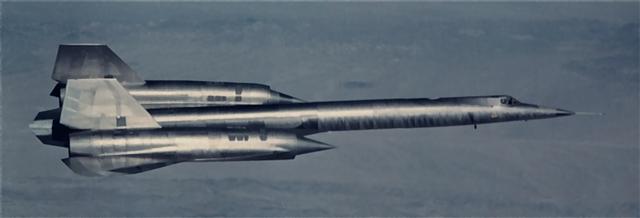
Despite its short service life, the A-12 laid a solid foundation for the US aviation industry. The SR-71 became one of the most successful spy aircraft in the world, and was even more capable than its predecessor. It even led to the YF-12 interceptor, a very capable Mach 3 interceptor that was only really scuppered due to internal politics. There was also the M-21 drone carrier, which carried the D-21 reconnaissance drone. Several A-12s are preserved in museums across the United States, serving as reminders to many that it was the forerunner to the SR-71 Blackbird and that it laid the foundations for one of the world’s most incredible aircraft.
